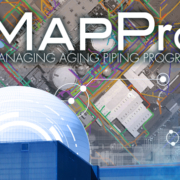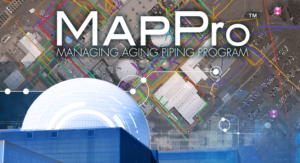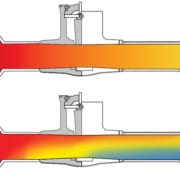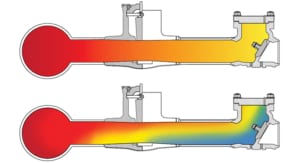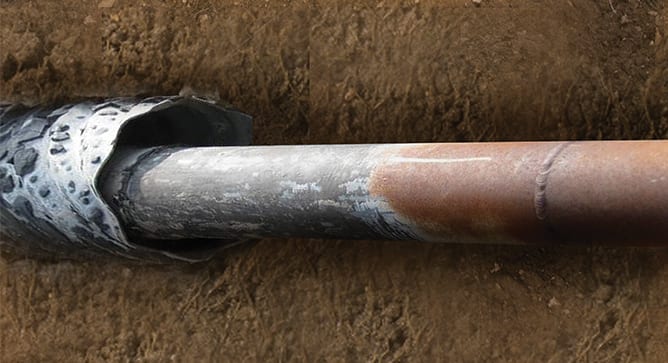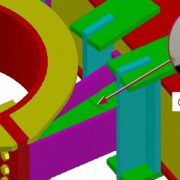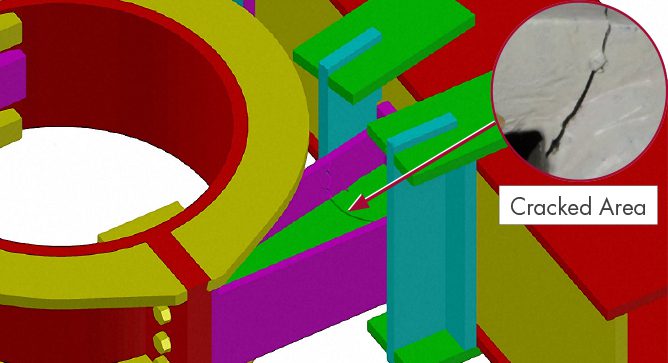News & Views, Volume 51 | Managing Piping Assets
SOFTWARE AUTOMATION
By: Adam Roukema and Mark Jaeger
Driving Forces for Digital Transformations:
Paper Reduction (68%)
Online Training (54%)
Risk Management/Prediction (39%)
Social Media Integration (63%)
IT Automation (50%)
From Tech Pro Research, %’s reflect rate of respondents who believe digital transformation will significantly impact indicated categories
A fundamental tenant of engineering is that where inefficiencies exist, innovation is next. This is especially true in the ongoing era of digital transformation, as software-based automation eliminates mundane, trivial tasks and enables increased focus on value-add activities. A recent poll of workers in the tech industry found that 70% of their respective companies have either committed to or are developing a transformation strategy, with varying emphases (see sidebar). The energy sector is no stranger to these innovations, and while the pace and scope of digital transformation may not appear to match that of driverless cars or moon rockets, its societal impacts are comparably widespread.
Historically, SI has been recognized as a leader in highly technical subject matter areas such as fracture mechanics, material degradation, and nondestructive examination. In many cases, this expertise is aided by digital or software innovations that enable efficient data handling, novel computer aided visualizations, and dynamic performance of complex calculations. In this vein, our MAPPro software is designed to aid in management of aging piping assets and has been an integral resource to the nuclear industry since its inception in 2009.

